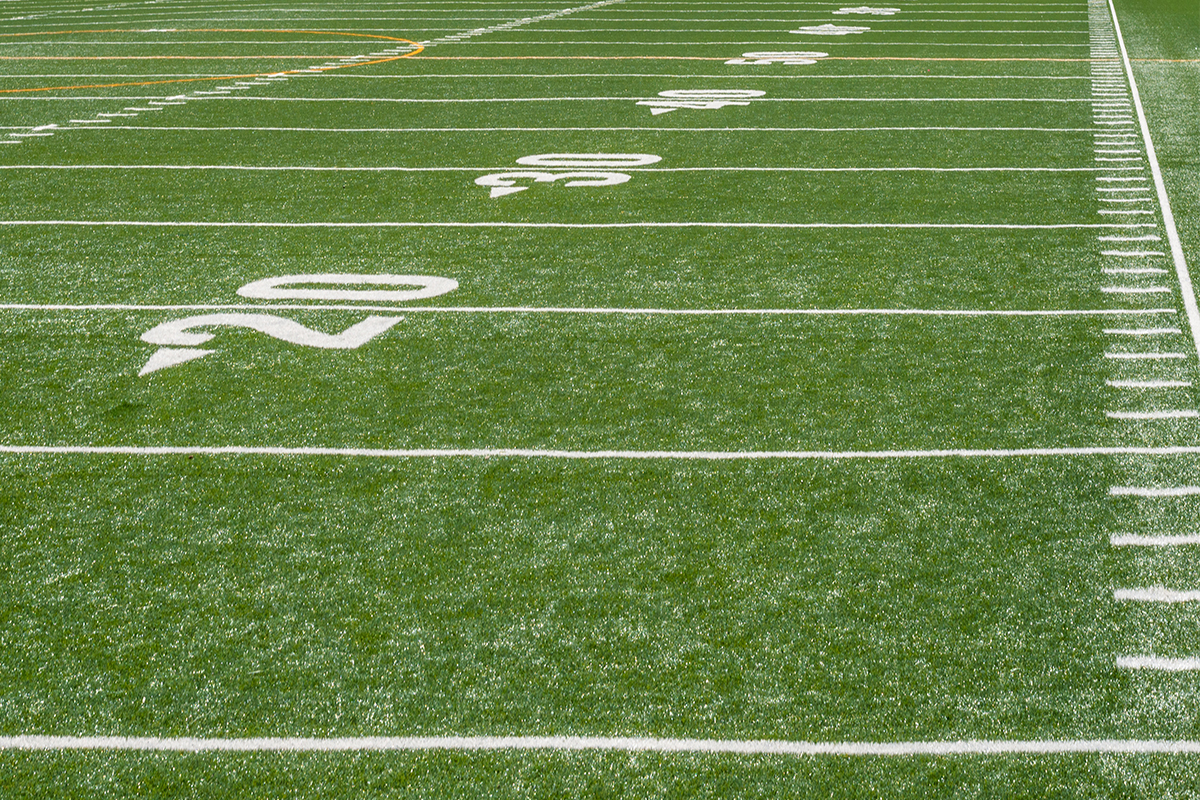Freezing or panicking may be a normal reaction among bystanders if a child goes into sudden cardiac arrest (SCA). However, because every second is critical in responding to such an event, experts are calling on schools to provide teachers and staff with training that addresses fears and hesitations to ensure anyone is prepared to step in and use an automatic external defibrillator (AED) when needed.
AEDs are an effective tool to diagnose and treat abnormal heart rhythms following SCA, but while many schools have at least one on site, more than 2,000 children die of SCA each year in the United States, according to the American Academy of Pediatrics.
“If you don’t know where the AED is and you’re not comfortable using it, it will never get used, but quick action by the nearest bystanders is absolutely critical after sudden cardiac arrest,” Naomi Kertesz, director of Electrophysiology and Pacing Service at the Ohio-based Nationwide Children’s Hospital, said in a statement. “You have two to five minutes from the time the child collapses to the time the AED delivers a shock in order to save their life and prevent damage to the brain and other organs from lack of blood flow.”
Research shows that using an AED can increase a child’s chance of survival from 48 percent to 89 percent, and the machines are easier to use than one might think, Kertesz explained. As soon as it is turned on, the machine gives the user voice prompts that walk the user through exactly what to do. Additionally, available pictures show what to do, when to do it, and where pads should be placed to ensure effective shock delivery if necessary. The machine determines if shocks are required by automatically assessing heart rhythm and delivering a shock only if needed, she continued.
Still, despite the relative ease of using an AED and the prevalence of childhood cardiac arrest, Kertesz noted that not enough attention has been paid to ensuring school staff understand how and when to use one.
“In the state of Ohio, schools run a fire drill once a month,” she said. “The last time a child died in a school fire in the United States was in the 1950s. The last time a child suffered a sudden cardiac arrest in the state of Ohio was in the last few months.”
California policies
Since July 2019, all California school districts or charter schools that offer any interscholastic athletic program must have at least one AED for each school that participates in the program. District and school leaders are encouraged to ensure the machine is available to athletic trainers, coaches and authorized persons for emergency care or treatment within a recommended three to five minutes of SCA. The AED must also be maintained and tested regularly, and any expected users (such as coaches) have to undergo CPR and AED training as well as training on SCA.
While any student can go into SCA, one student athlete experiences SCA every three days in the U.S. and as many as one in 300 kids are at risk of a SCA, according to video “A Parent’s Guide to Sudden Cardiac Arrest” featured on Coalinga-Huron Unified School District’s website, which includes useful information and resources for districts regarding SCA.
Descriptions of additional state policies, CSBA sample board policies and California Department of Education SCA resources can be found here.





